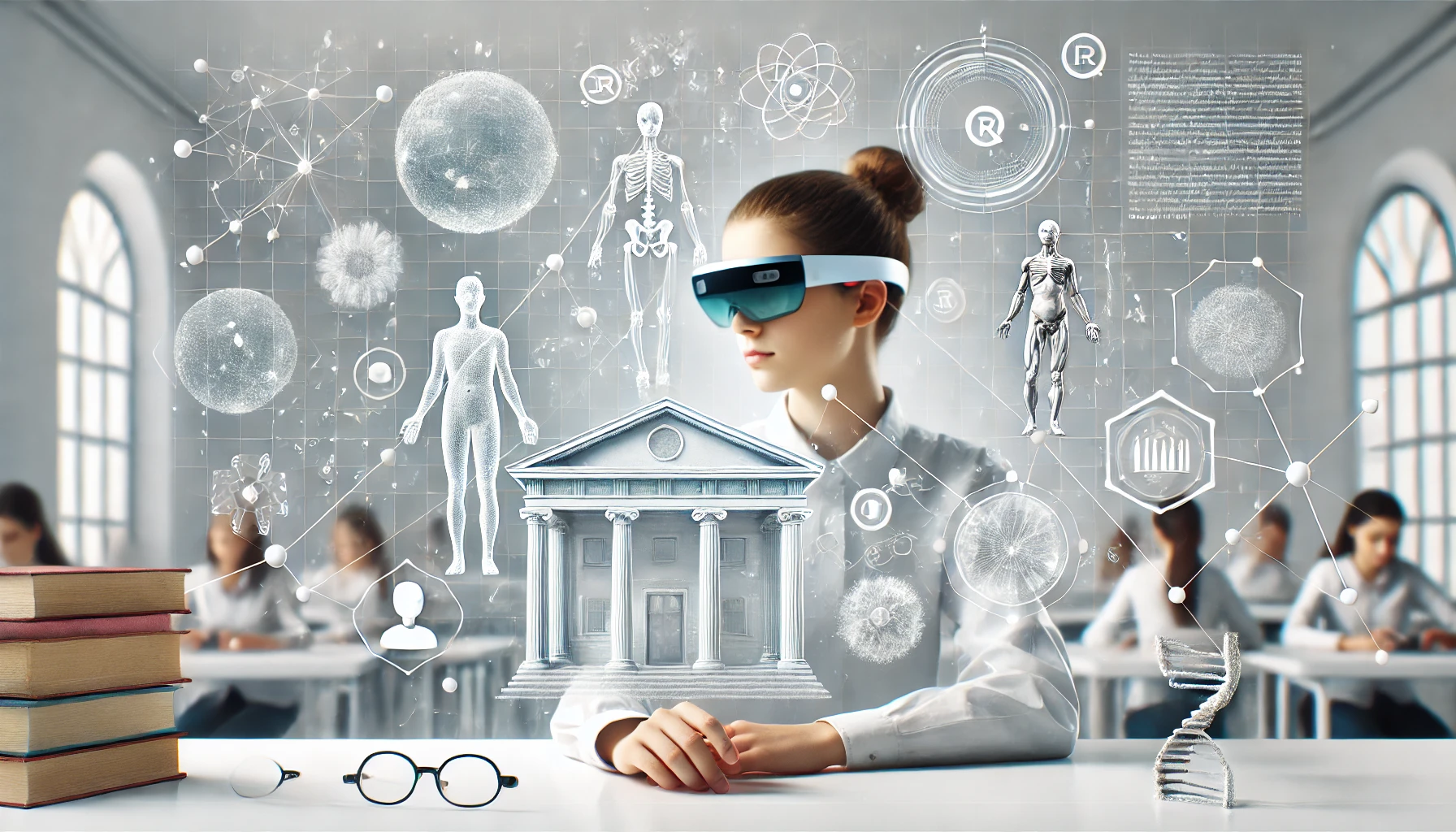Mixed Reality: Best of Both Worlds

Mixed Reality (MR) represents the convergence of virtual and augmented reality technologies, creating a new paradigm where digital and physical worlds seamlessly interact. This revolutionary technology is opening up unprecedented possibilities for how we interact with information and our environment.
Understanding Mixed Reality
Mixed Reality goes beyond both VR and AR by offering:
- Real-World Integration: Digital objects that not only appear in the real world but interact with it.
- Spatial Awareness: Advanced understanding of the physical environment for precise object placement.
- Natural Interaction: Intuitive ways to manipulate digital content using gestures and voice commands.
Key Components of MR Technology
Several technologies come together to create the MR experience:
- Advanced Sensors: Depth sensors, cameras, and IMUs for environmental mapping.
- Powerful Processing: Real-time rendering and physics calculations.
- Sophisticated Displays: High-resolution, low-latency displays with wide field of view.
- Spatial Audio: 3D sound that enhances immersion and interaction.
Applications Across Industries
Mixed Reality is finding applications in various sectors:
- Healthcare: Surgical planning and execution with 3D anatomical overlays.
- Manufacturing: Assembly guidance and quality control with interactive instructions.
- Education: Interactive learning experiences with 3D models and simulations.
- Architecture: Real-time visualization of building designs in physical spaces.
Advantages Over VR and AR
MR offers unique benefits compared to its predecessors:
- Enhanced Immersion: More natural integration of digital and physical elements.
- Better Collaboration: Multiple users can interact with the same digital content in a shared space.
- Increased Functionality: More sophisticated interactions and applications possible.
- Improved Context: Digital content that truly understands and responds to the physical environment.
Current Challenges and Solutions
The industry is actively addressing several challenges:
- Hardware miniaturization for more comfortable devices
- Improving battery life and processing power
- Enhancing field of view and display quality
- Developing more natural interaction methods
The Future of Mixed Reality
Looking ahead, we can expect:
- More sophisticated environmental understanding
- Enhanced haptic feedback systems
- Integration with AI for more intelligent interactions
- Broader adoption across industries
Mixed Reality represents the next evolution in how we interact with digital information. As the technology continues to mature, we'll see increasingly sophisticated applications that blur the line between the physical and digital worlds, creating new possibilities for work, learning, and entertainment.
